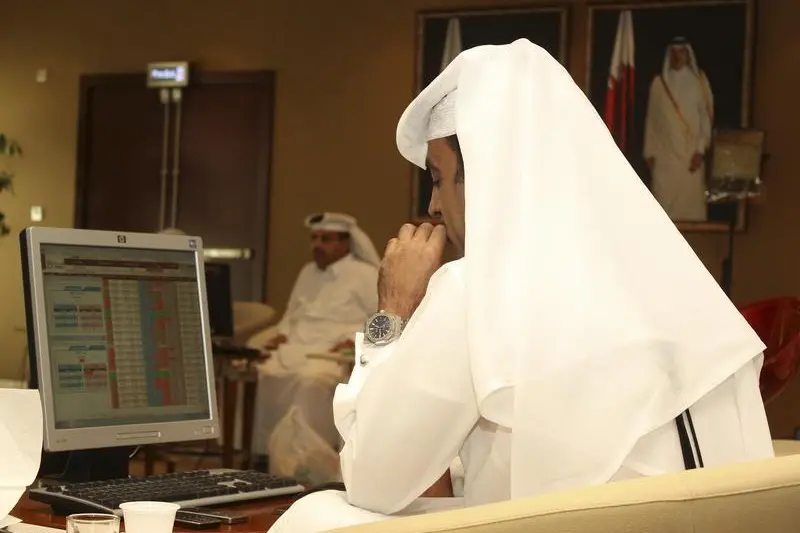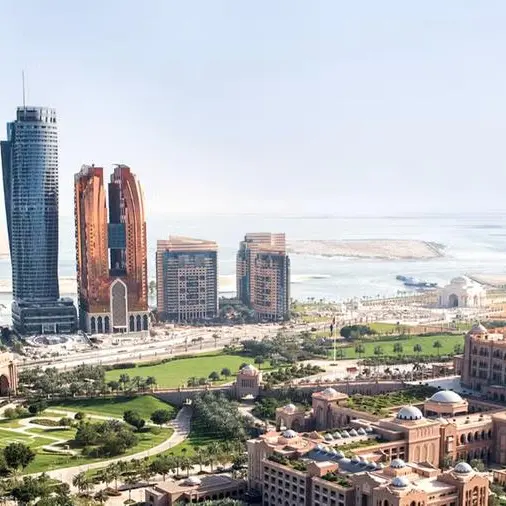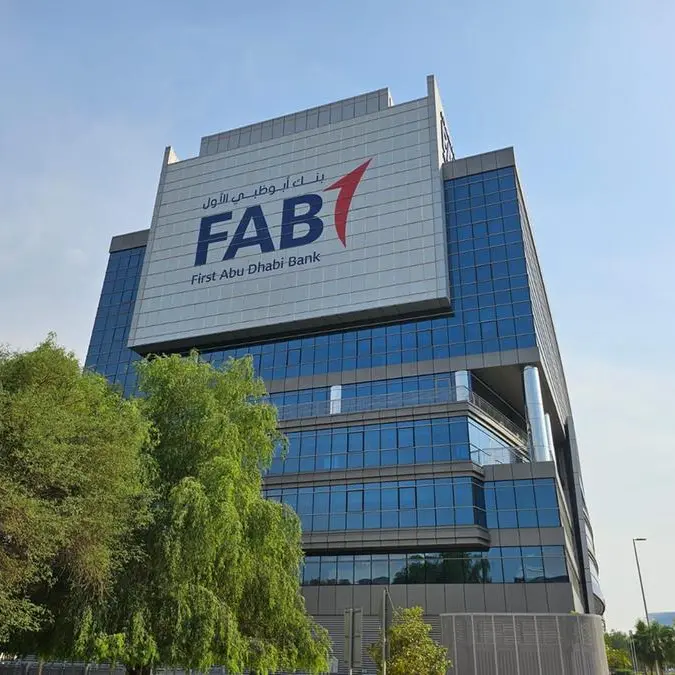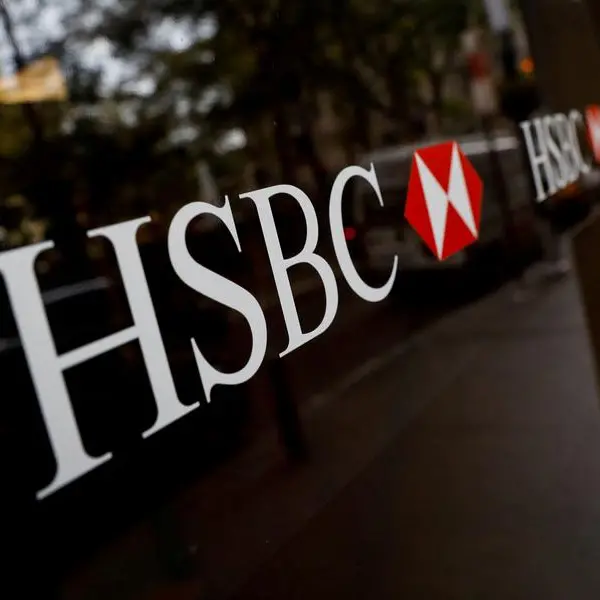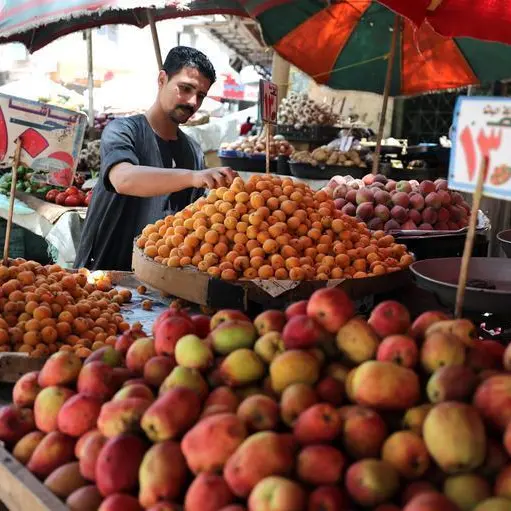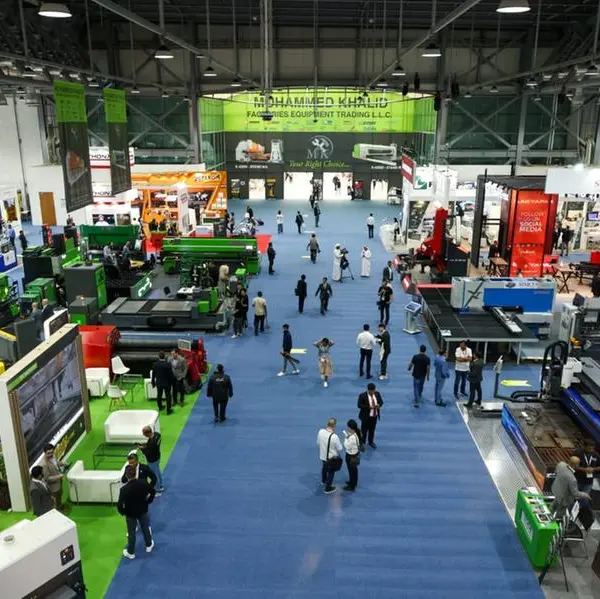PHOTO
13 September 2016
The impact of lower oil prices on Qatar's economy is likely to be "ameliorated" as non-hydrocarbons now constitute more than 65% of the economy, according to Qatar Investment Fund (QIF), the London Stock Exchange listed fund.
"With the non-hydrocarbon sector now accounting for over 65% of real GDP (gross domestic product), the impact of lower hydrocarbon prices is likely to be ameliorated," QIF chairman Nick Wilson said, adding Qatar's non-hydrocarbon sector's share is expected to rise to 69% by 2017.
Highlighting that during the 12 months, the entire GCC (Gulf Cooperation Council) region was hit by lower oil prices and bearish sentiment and Qatar was no exception, he said despite these headwinds, Qatar has not only grown its economy but continued to make remarkable progress in diversifying.
Expecting Qatar to continue to grow at around 3.7% in 2016 and 2017, the near to long-term growth prospects should remain healthy driven by a strong infrastructure pipeline, fiscal spending and supportive demographics, he said, quoting a report of its investment adviser, which is Qatar Insurance Company.
QIF's investment adviser believes that the underperformance of the Qatari market over 2015-16 is "overdone" and will bounce back to perform well in the medium-to-long term, driven by "strong macroeconomic fundamentals and superior growth prospects".
Qatar is committed to diversifying the economy with $200bn infrastructure investment being scheduled ahead of the 2022 FIFA World Cup, said QIF, which has invested in 23 companies, including 19 in Qatar and four in the UAE.
In the 12 months to June 30, 2016, returns from all the GCC markets were negative, characterised by steep market volatility, said QIF, which posted a net loss of $37.9mn for the year ended June 30, 2016.
The GCC index fell 20.2%, weighed down by lower oil prices, continued regional geopolitical tensions and concerns about global economic growth, said QIF, whose net asset value fell 20.8%.
In the latter half of (calendar year) 2015, global equity markets received a twin blow from surprise devaluation of the Chinese currency and an extended slump in global oil prices which continued into the first quarter of this year.
Moreover, the normalisation of the US Fed rates, announced in December 2015, increased volatility across global equity markets. Following the US rate hike, Saudi Arabia, the UAE, Bahrain and Kuwait also hiked their policy rates.
"The Qatari market, which was the best performing market in the GCC last year, clocked in a dismal performance, with losses only behind the Saudi market, which was the worst performing market in the region," it said.
During the first half of 2016, the performance of GCC markets was mixed as Bahrain posted an 8% decline, followed by Saudi Arabia (6%) and Qatar (5.2%); while Oman, Dubai and Abu Dhabi gained 6.9%, 5.1% and 4.4% respectively.
Despite reporting dismal performance last year, the Qatar market has shown resilience compared to other GCC peers over a two-year time frame, according to QIF.
For the period ending 24 months till June 2016, the Qatari market fell 14% and was the second best performer after Abu Dhabi (down 1.2%).
During this period, the price of a barrel of Brent crude fell 55.8%. Over the same period, Saudi Arabian market fell 31.7%, Kuwait 23%, and Bahrain and Dubai markets dropped 21.7% and 16%, respectively.
The impact of lower oil prices on Qatar's economy is likely to be "ameliorated" as non-hydrocarbons now constitute more than 65% of the economy, according to Qatar Investment Fund (QIF), the London Stock Exchange listed fund.
"With the non-hydrocarbon sector now accounting for over 65% of real GDP (gross domestic product), the impact of lower hydrocarbon prices is likely to be ameliorated," QIF chairman Nick Wilson said, adding Qatar's non-hydrocarbon sector's share is expected to rise to 69% by 2017.
Highlighting that during the 12 months, the entire GCC (Gulf Cooperation Council) region was hit by lower oil prices and bearish sentiment and Qatar was no exception, he said despite these headwinds, Qatar has not only grown its economy but continued to make remarkable progress in diversifying.
Expecting Qatar to continue to grow at around 3.7% in 2016 and 2017, the near to long-term growth prospects should remain healthy driven by a strong infrastructure pipeline, fiscal spending and supportive demographics, he said, quoting a report of its investment adviser, which is Qatar Insurance Company.
QIF's investment adviser believes that the underperformance of the Qatari market over 2015-16 is "overdone" and will bounce back to perform well in the medium-to-long term, driven by "strong macroeconomic fundamentals and superior growth prospects".
Qatar is committed to diversifying the economy with $200bn infrastructure investment being scheduled ahead of the 2022 FIFA World Cup, said QIF, which has invested in 23 companies, including 19 in Qatar and four in the UAE.
In the 12 months to June 30, 2016, returns from all the GCC markets were negative, characterised by steep market volatility, said QIF, which posted a net loss of $37.9mn for the year ended June 30, 2016.
The GCC index fell 20.2%, weighed down by lower oil prices, continued regional geopolitical tensions and concerns about global economic growth, said QIF, whose net asset value fell 20.8%.
In the latter half of (calendar year) 2015, global equity markets received a twin blow from surprise devaluation of the Chinese currency and an extended slump in global oil prices which continued into the first quarter of this year.
Moreover, the normalisation of the US Fed rates, announced in December 2015, increased volatility across global equity markets. Following the US rate hike, Saudi Arabia, the UAE, Bahrain and Kuwait also hiked their policy rates.
"The Qatari market, which was the best performing market in the GCC last year, clocked in a dismal performance, with losses only behind the Saudi market, which was the worst performing market in the region," it said.
During the first half of 2016, the performance of GCC markets was mixed as Bahrain posted an 8% decline, followed by Saudi Arabia (6%) and Qatar (5.2%); while Oman, Dubai and Abu Dhabi gained 6.9%, 5.1% and 4.4% respectively.
Despite reporting dismal performance last year, the Qatar market has shown resilience compared to other GCC peers over a two-year time frame, according to QIF.
For the period ending 24 months till June 2016, the Qatari market fell 14% and was the second best performer after Abu Dhabi (down 1.2%).
During this period, the price of a barrel of Brent crude fell 55.8%. Over the same period, Saudi Arabian market fell 31.7%, Kuwait 23%, and Bahrain and Dubai markets dropped 21.7% and 16%, respectively.
© Gulf Times 2016
